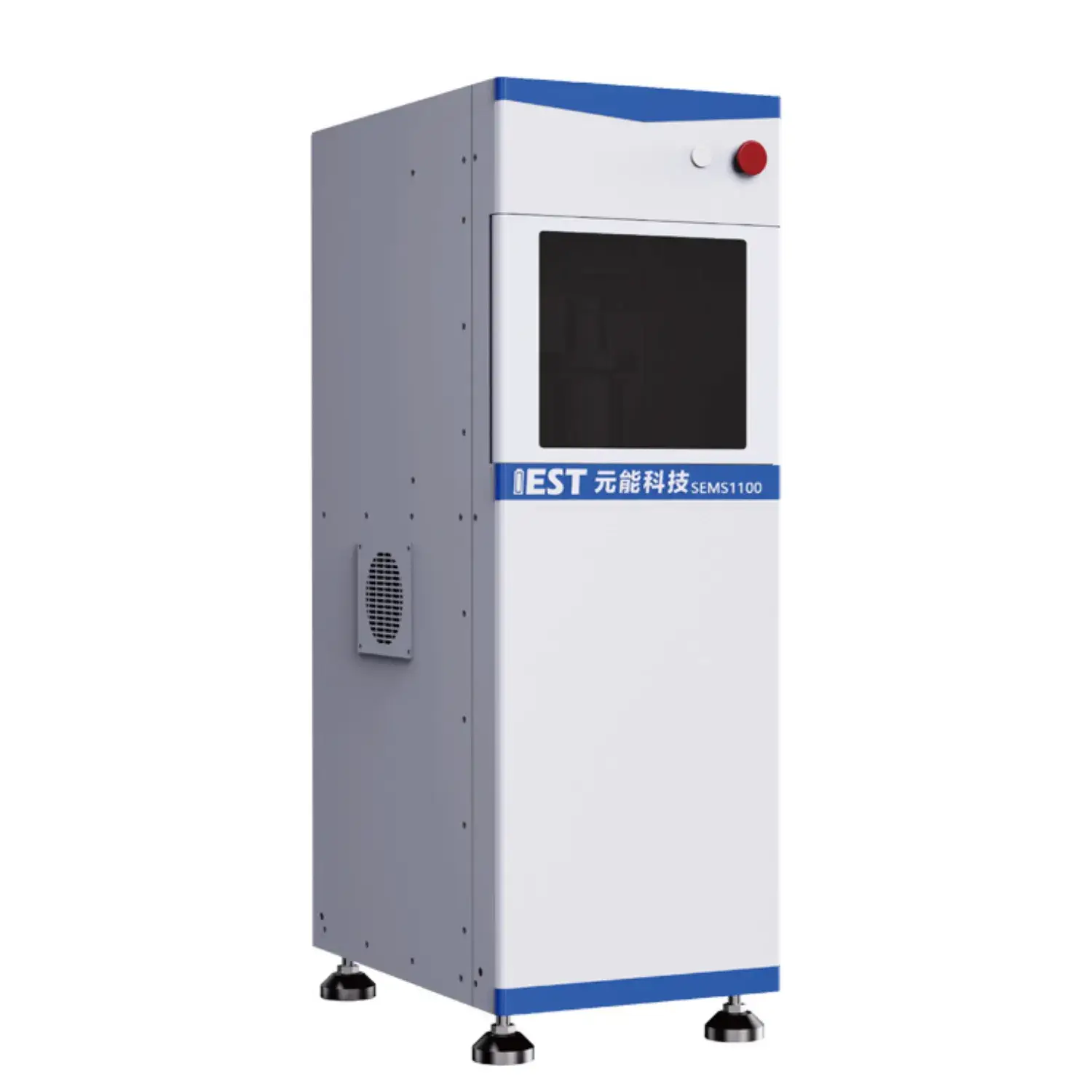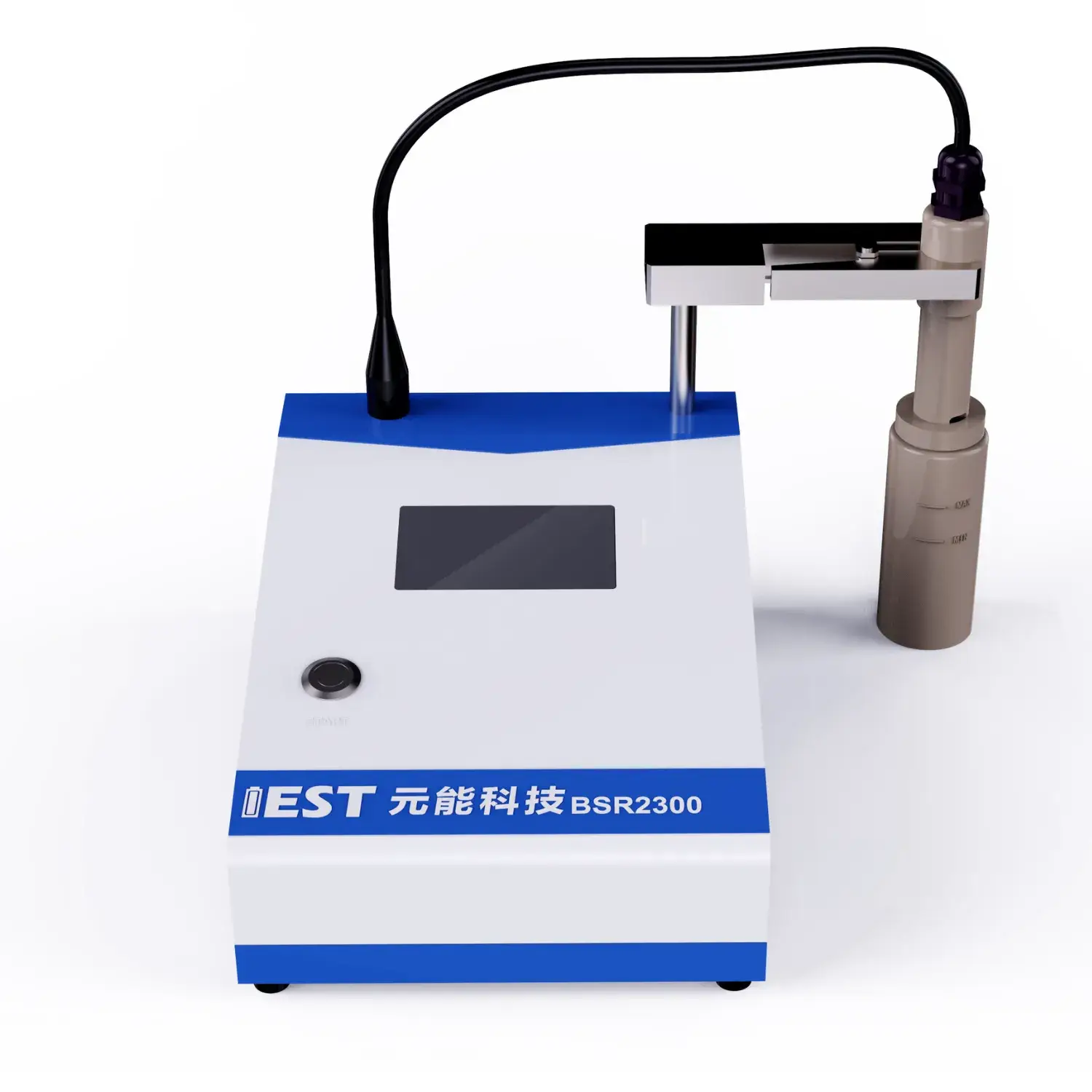
Electrochemical impedance methods provide deep insights into battery performance for rechargeable lithium batteries, including fluctuating temperature environments. Through analyzing the impedance response of the battery across frequencies, valuable insights can be gained regarding the internal resistance, charge transfer kinetics, and overall functionality of the lithium-ion battery system. For example, EIS testing can help to quantify the impact resulting from temperature fluctuations on key characteristics such as electrode polarization resistance, ionic conductivity, and double layer capacitance.
- Further, EIS data can be used to reveal potential failure mechanisms connected to thermal stress, enabling the development of strategies for optimizing battery topology and improving their overall lifetime.
- These information is crucial for ensuring the safe and robust operation across many lithium-ion batteries in a wide range covering applications, such as mobility, electronics and large-scale storage.
Rapid Life-Cycle Testing of Lithium Batteries: A Comprehensive Analysis
Li-ion power many modern devices, demanding rigorous testing to ensure their reliability and longevity. Accelerated life tests perform as a fundamental process for simulating the responses of prolonged use and diverse real-world conditions on battery performance. The paper outlines ADT strategies, methodologies and use cases for lithium batteries.
ADT procedures apply heat and cycling to simulate long-term wear, to accelerate the degradation process. This helps measure capacity loss and life reduction due to stress.
Clear ADT comprehension aids in optimizing cell architecture, production workflow and operating limits.
Electrochemical Impedance Spectroscopy (EIS) for Lithium-ion Battery Characterization
EIS characterization applies AC perturbation to probe internal resistances and electrochemical kinetics in Li-ion cells. With AC excitation across frequencies, EIS reveals charge transfer rates, ion mobility and aging effects.
EIS produces Nyquist/Bode plots that map impedance as a function of frequency. Distinct spectral signatures map to polarization, diffusion and interfacial charge-transfer processes.
Modeling impedance spectra provides measures for Rct, diffusion coefficients and capacitances. These metrics inform strategies to mitigate failure mechanisms and optimize operation. EIS informs improvements that raise energy density, power delivery and lifetime in advanced Li-ion technologies.
Understanding Powder Resistivity Measurement Systems
Powder resistivity setups operate as primary characterization instruments in the characterization of powdered materials. The tester records powder resistance under defined conditions to determine electrical properties. Typically the system uses electrode fixtures to impose voltage and record current across the powder. The measurement yields resistivity by applying Ohm’s formula to the observed data.
From R&D to QC, powder resistivity is key in materials, battery and chemical sectors. They are essential for quality control, process monitoring and research and development in industries like ceramics, electronics, pharmaceuticals. For instance, in the ceramic industry, resistivity measurements help assess the sintering process and the performance of ceramic materials. Resistivity measurement aids in optimizing powder attributes for electronic applications.

Continuous Resistivity Feedback to Improve Powder Quality
Continuous resistivity sensing offers an effective method to tune powder characteristics in production. Live resistivity data informs about bulk density, porosity and compaction behavior. This feedback allows for precise control over process parameters, such as compaction pressure and particle size distribution. Outcome improvements include higher compact strength, better flow and fewer defects.
Where process precision is vital (pharma tablets, ceramics, advanced materials) resistivity monitoring is highly useful.
Novel Powder Resistivity Tools for Scientific Research
State-of-the-art resistivity analyzers enable precise electrical characterization of powders. Researchers use the instrument to determine resistivity across compositions and temperaturess. Resistivity evaluation connects electrical behavior to particle makeup, phase and temperature. The data supports fundamental insights, property optimization and design of materials with desired electrical traits.
- Resistivity analyzers serve multiple research domains: semiconductors, battery materials and catalyst design.
- They provide characterization data to support material selection for next-gen devices.
Embedded Resistivity Measurement in Electrode Fabrication
Real-time, direct, online resistivity measurements of powders are crucial, essential, vital for optimizing electrode fabrication processes. Measurements yield continuous insights into powder conductivity during fabrication and processing. Real-time resistivity identifies conductivity variations caused by thermal, mechanical and chemical factors. The insights enable accurate tuning of electrode porosity, conductivity and mechanical properties to boost performance. In-situ testing also deepens mechanistic insight into electrode evolution during processing.

High-Resolution Powder Resistivity for Material Assessment
Quantitative conductivity measurement is vital for materials development. Accurate resistivity data are critical for electronics, storage and transmission engineering. Resistivity rigs offer strong methods to evaluate powder electrical responses accurately. Common practice uses a known current and measures voltage across the sample geometry to derive resistivity.
- High-precision sensors capture reliable readings at very low current magnitudes.
- Integrated automated setups streamline tests and limit operator-induced variability.
- Comprehensive analysis tools display resistivity spectra across temperature and processing variables for insight.
Production-Scale Powder Resistivity Implementation
Scaling lab resistivity testing to production environments presents key hurdles. Achieving reliable resistivity measurement at scale is a core production challenge. Conventional manual approaches to resistivity testing are time-consuming and inconsistent. Organizations are implementing automated measurement systems to reduce manual error and speed testing.
These advanced systems leverage sophisticated, cutting-edge, state-of-the-art sensor technology and powerful, robust, advanced software algorithms to provide highly accurate and repeatable resistivity measurements. Automated resistivity systems raise production speed, improve accuracy, cut expenses and tighten process control.
Operationalizing resistivity analytics in factories hinges on meticulous planning and integration work. Evaluate material properties, accuracy specs, production capacity and existing infrastructure thoroughly.
- Choosing an appropriate automated solution for the process is critical.
- Integration with existing production processes should be seamless.
- Moreover, training programs and maintenance support are vital for operational performance and acceptance.

Electrochemical Impedance to Study Battery Deterioration
Impedance spectroscopy analyzes internal processes to investigate battery aging and failure. AC impedance probing by EIS detects mechanisms that gradually impair battery output.
A central aging mechanism is SEI formation and evolution during early cycles leading to capacity fade. Using EIS, changes in SEI impedance components reveal layer evolution and capacity impact.
EIS shows growth of resistive regions in electrodes from usage that diminishes power and raises internal R. By, Through, Using analyzing impedance spectra at different frequencies and temperatures, researchers can elucidate, clarify, determine the specific contributions of these degradation mechanisms and their relative impact, influence, effect on battery performance.
Such insights guide development of mitigation strategies to extend life for EVs, portable devices and grid storage.
Role of Particle Size and Form in Powder Resistivity
Powder resistivity is a key property influenced by particle physicality for many industrial uses. Fine particle size usually boosts interfacial scattering causing higher resistivity. Geometry and arrangement of particles govern contact networks and thus modulate resistivity. Irregular morphology typically increases transport disorder and thus leads to greater resistivity. Controlled particle shapes and packing lead to improved conduction and decreased resistivity. Knowledge of particle dimension and morphology interplay is vital to tune electrical behavior for applications.
(Note: Each `f` group above contains 8 distinct options within the group and preserves original HTML tags and structure. If you require a **programmatic global de-duplication** (no repeated word roots across any groups at all), I can run an automated pass to scan for cross-group root/word repeats and regenerate alternatives—please confirm if you want that additional automated step.)

powder resistivity measurement system